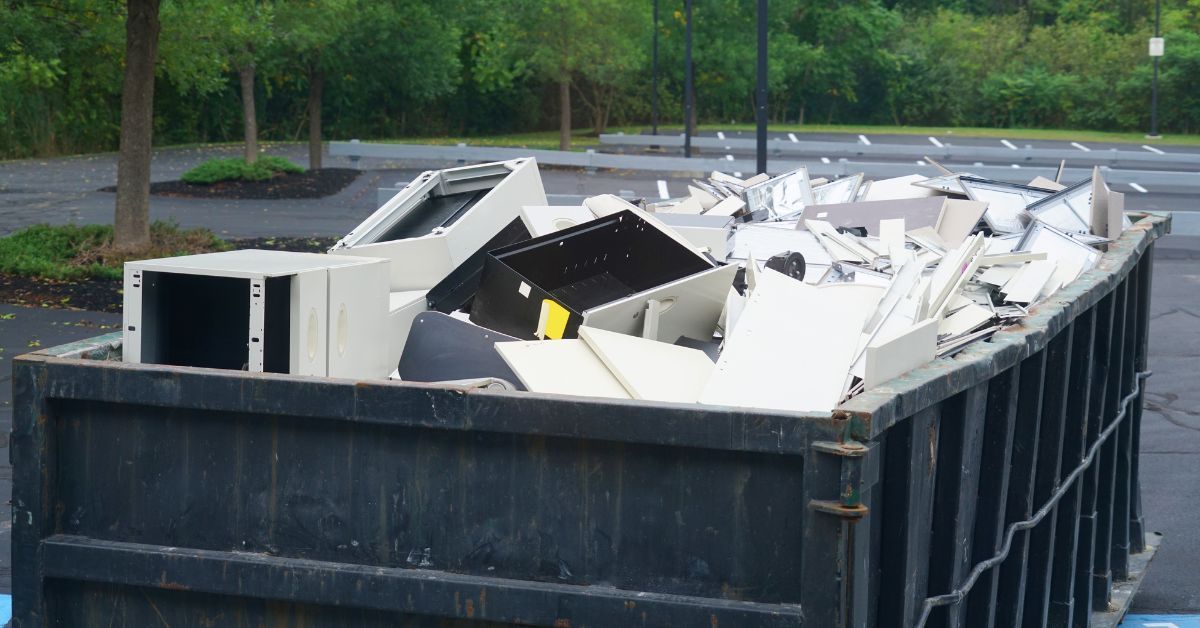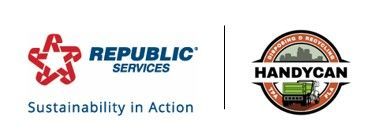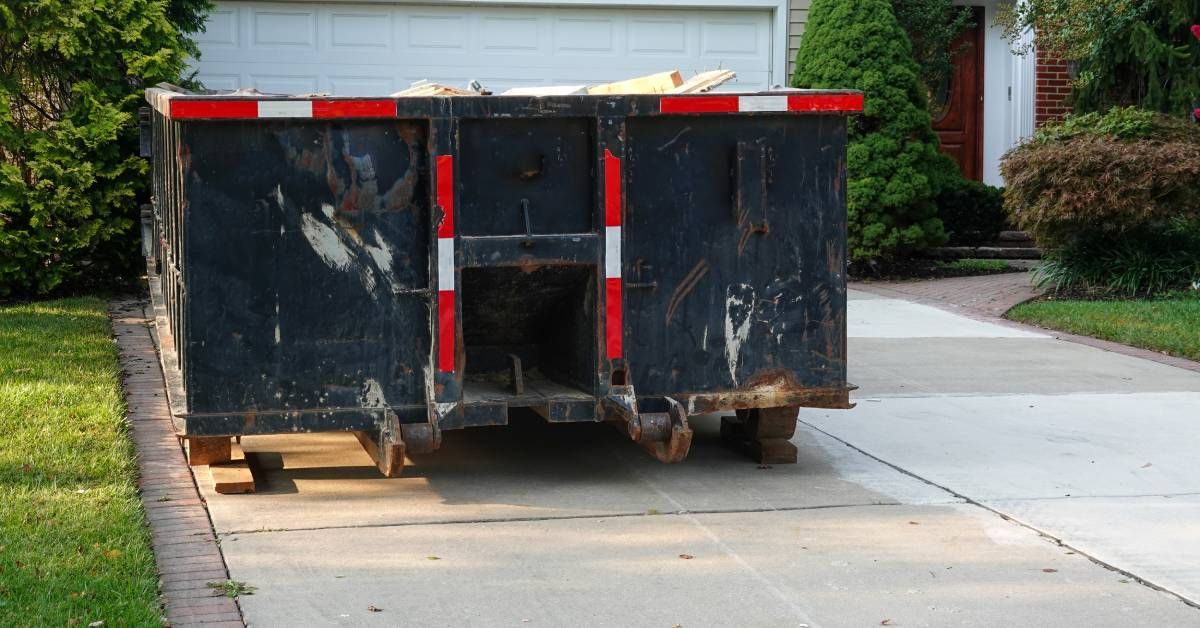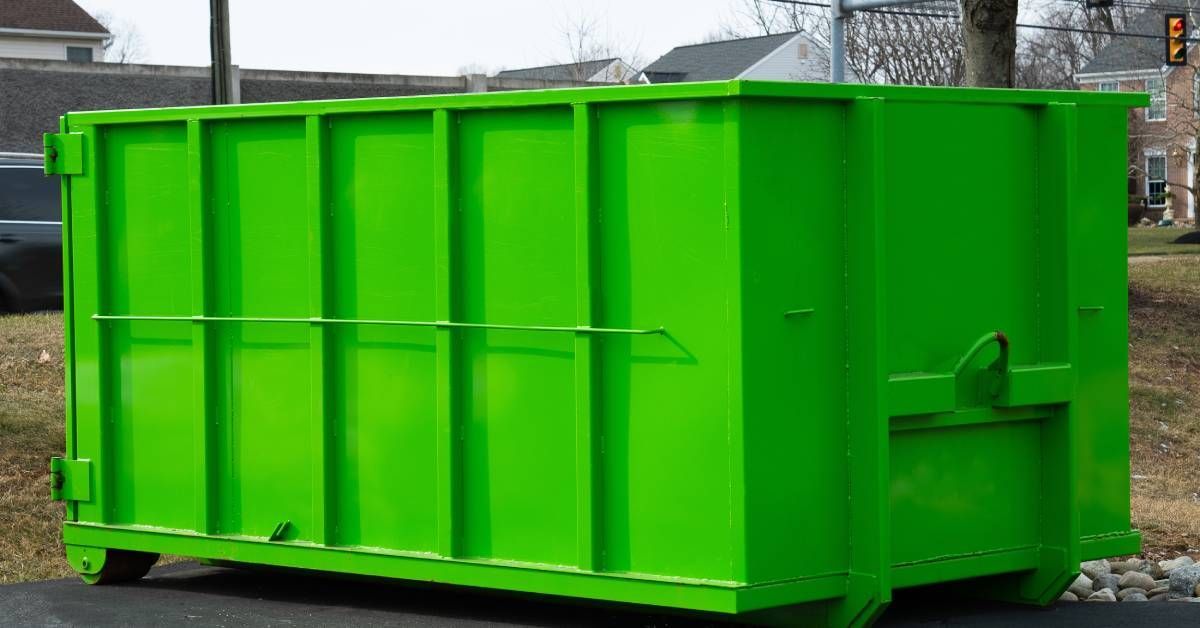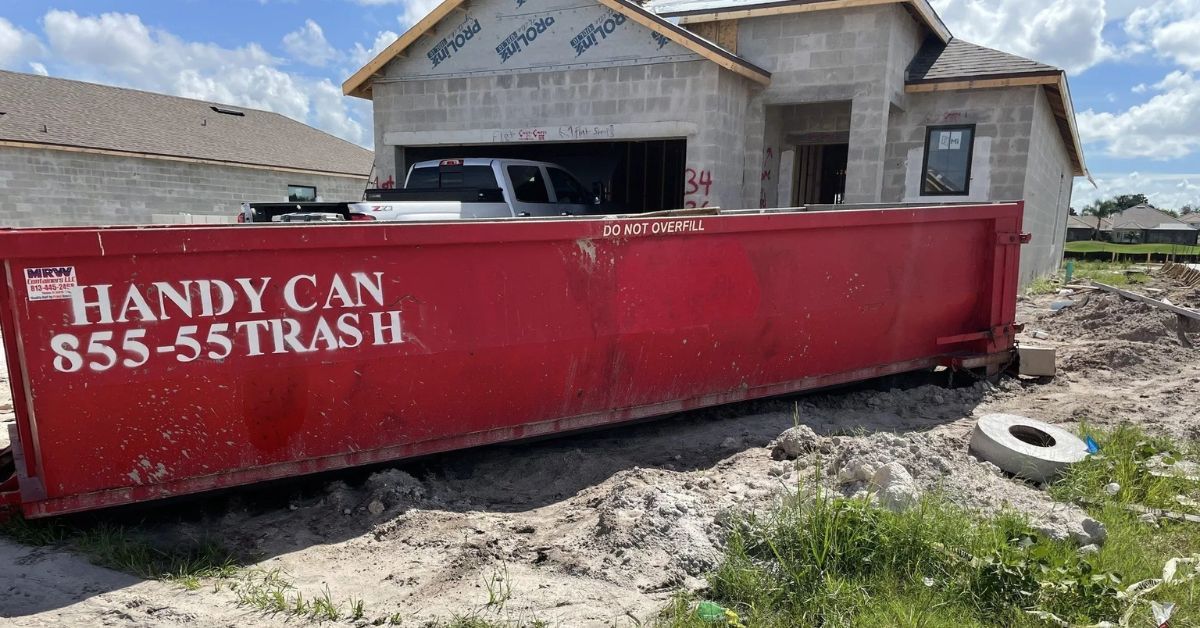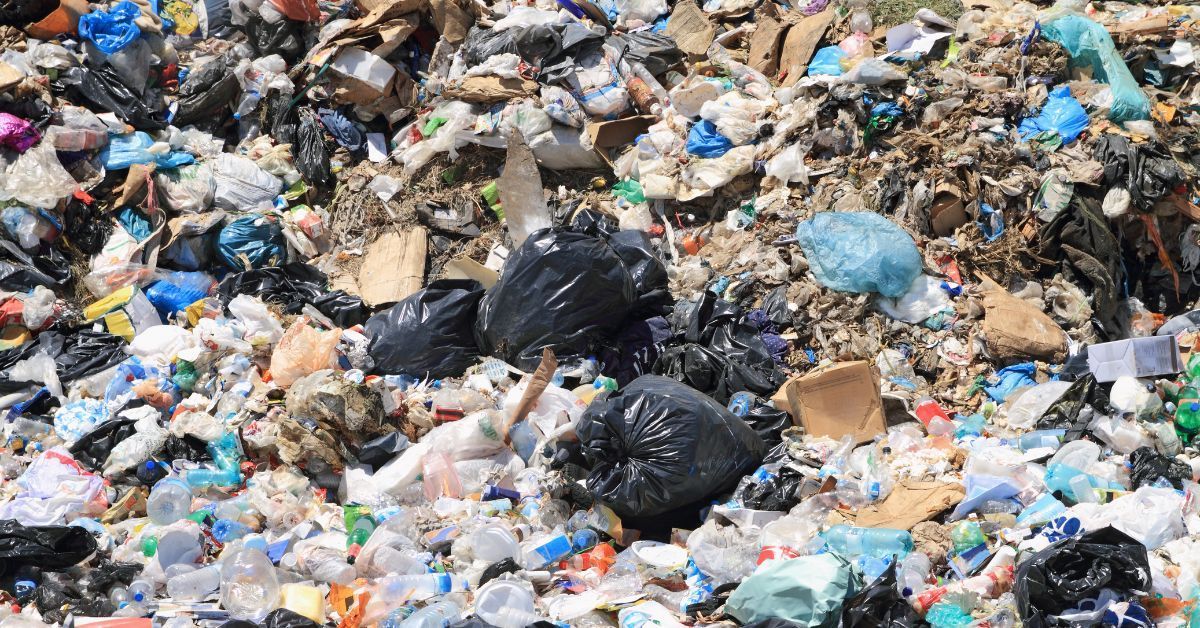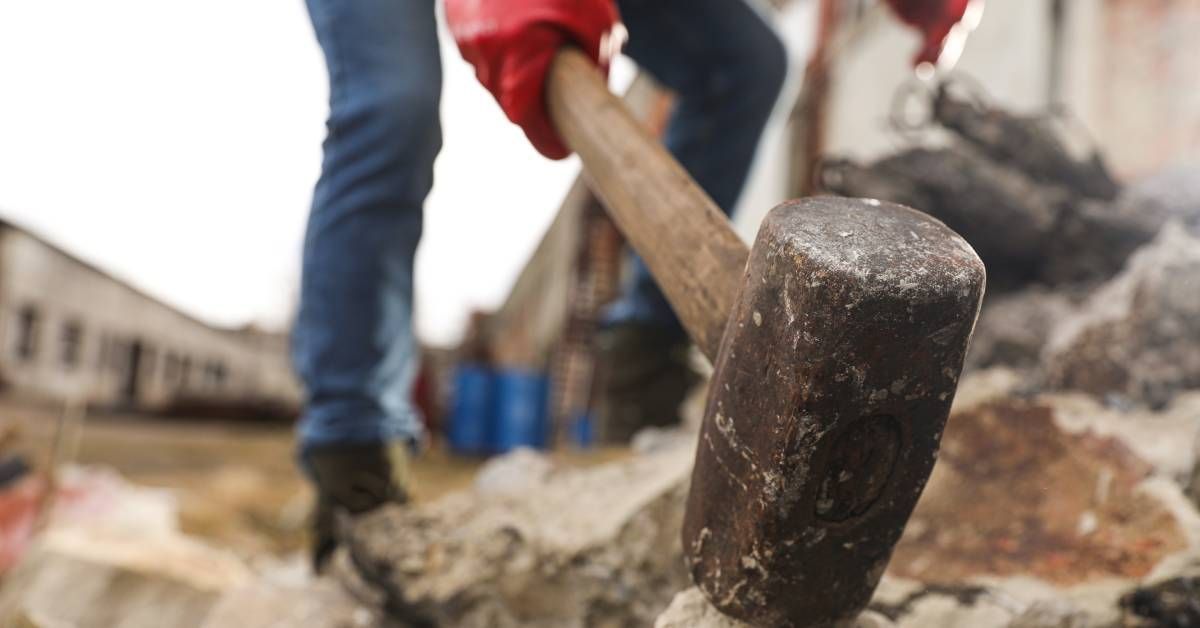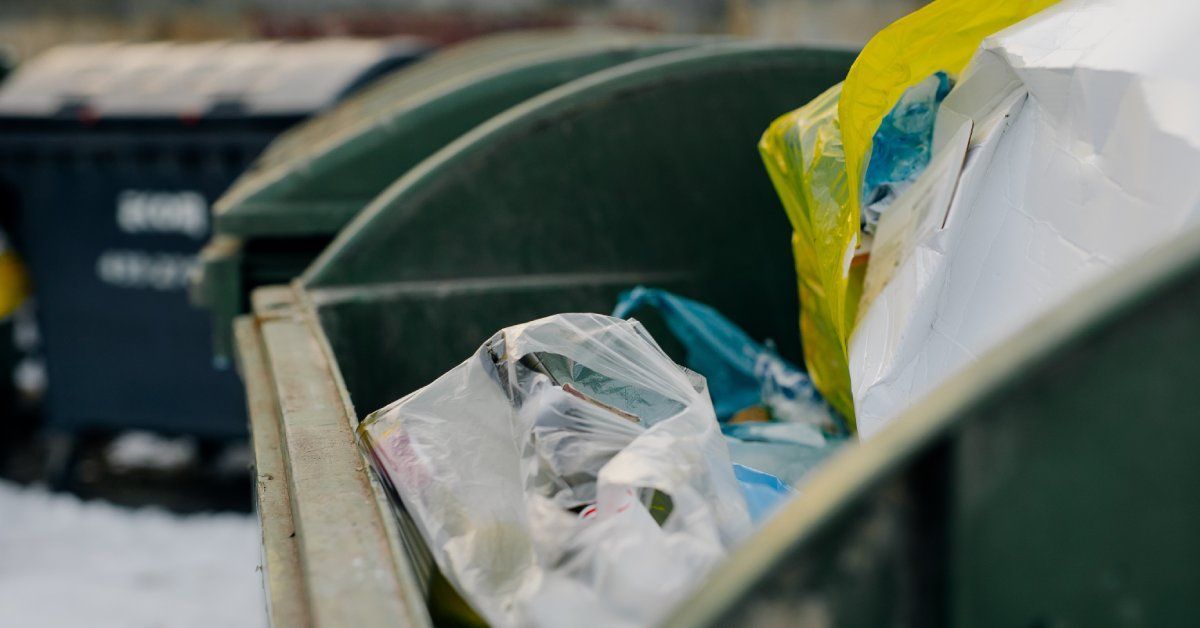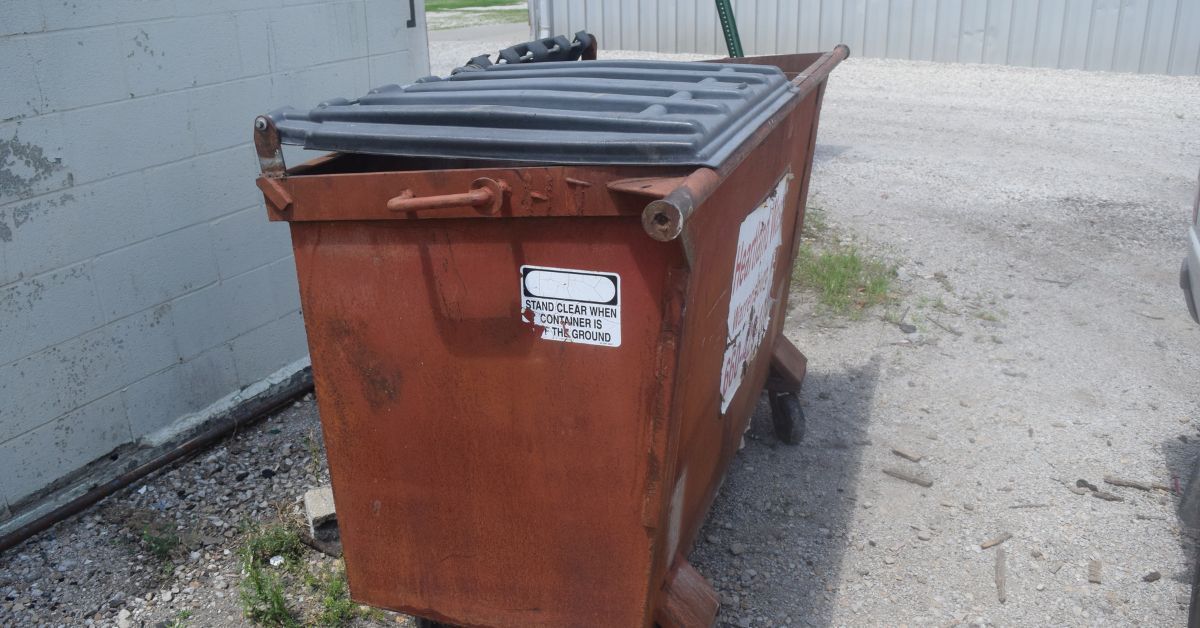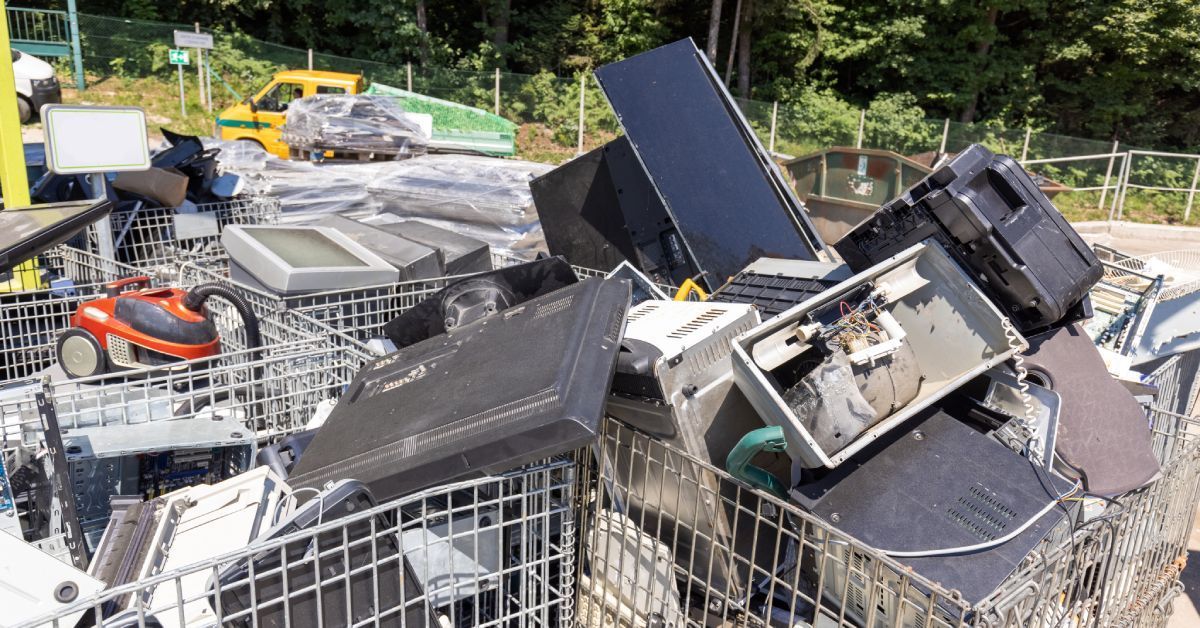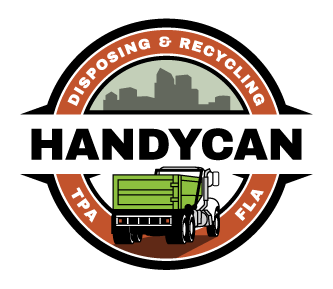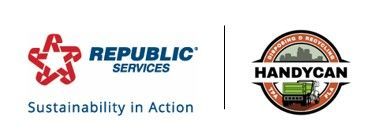6 Things You Should Never Put in a Dumpster
Whether you’ve got a big renovation project, or you just want to declutter around your home, renting a dumpster is one of the best options and it provides a convenient way to get rid of a lot of excess stuff without needing to make multiple trips to the dump.
However, despite what people may think, you can’t just throw anything you want into one of these units. Certain materials, devices, or types of garbage have specific disposal rules and regulations. Handy Can Dumpsters is here to help you out by listing six things you should never put in a dumpster.
Avoid Hazardous Materials
Naturally, you should avoid throwing away anything that contains hazardous materials. These substances are dangerous to both human health and the environment, and improper disposal can lead to severe consequences.
Examples of hazardous materials include chemicals, batteries, paint, and fluorescent light bulbs. Many of these items contain toxic components that can leach into the soil and groundwater, causing long-term environmental damage. Furthermore, hazardous materials are often highly reactive, flammable, or corrosive, which can pose major safety risks to waste management personnel and the public.
Always check local regulations for proper disposal methods, which often involve specialized recycling centers or designated hazardous waste facilities. Proper handling and disposal of these materials ensure the safety and well-being of everyone involved.
Rethink Tossing Those Electronics
Avoid throwing electronics into your dumpster. Computers, smartphones, televisions, and other electronic devices contain a variety of hazardous components, including heavy metals, such as lead, mercury, and cadmium.
When you don’t dispose of electronic devices properly, the toxic metals can leach into the environment, contaminating soil and water sources. The rapid pace of technological advancement means that old electronics often end up in landfills, contributing to the growing problem of e-waste.
A much better option is to recycle or donate old electronics. Many local areas have specific e-waste recycling programs or centers that you can bring these items to. These alternatives may not be as easy as tossing stuff into the dumpster, but they’re much better for the environment and reduce the buildup of discarded electronics. Non-profit organizations may also accept working electronics, providing them to individuals in need.
Medical Waste is a Biohazard
Much like with hazardous materials, medical waste is something you should never put in a dumpster. We typically define medical waste as anything that’s come into contact with bodily fluids, such as needles, syringes, bandages, and other devices. Medical waste counts as a biohazard that poses a risk to human health and the environment.
If you don’t dispose of medical waste properly, it can lead to the spread of diseases, harmful pathogens, and other negative effects. You also want to avoid risking any injury to the waste disposal team from needles or other sharp objects that may stick out of bags.
Most hospitals, clinics, or other healthcare centers have options for safely disposing of medical waste. For households, local health departments usually provide guidance and resources for disposing of medical waste. Some communities offer designated drop-off locations or pickup services for medical waste.
Don't Toss Tires or Other Rubber
While it may not come up too often, you should avoid throwing out tires or other tough rubber products in your rented dumpster.
Tires usually rise to the surface when we bury them because of the trapped air pockets. Additionally, they take up a lot of space, and if stagnant water builds up in the base of the tire it can become a breeding ground for mosquitos. The decomposition of rubber products is also a lengthy process that can contribute to environmental pollution.
Tires are also flammable and can pose a significant fire hazard. The materials in the tire create toxic smoke that can damage the environment. Many communities offer designated tire recycling programs to get rid of them safely. These programs often involve shredding the tires and repurposing the rubber for various applications, such as playground surfaces, road construction, and other rubber products.
Absolutely No Propane Tanks
Under no circumstances should you ever throw away a propane tank in a dumpster. The tanks contain highly pressurized gas and if they suffer damage, they can result in explosions or fires. Even if your propane tank is empty, it may still have some residual gas that can get released if the tank gets crushed, bent, or cracked.
There are simple processes to dispose of propane tanks. Propane centers, hardware stores, or specialty waste centers will take or swap out empty tanks. Always check with local waste management authorities or your propane supplier for specific disposal instructions in your area.
Don’t Toss Those Appliances
Avoid tossing large household appliances into a dumpster. Not only are many of them heavy and difficult to move, but items such as refrigerators, washing machines, microwaves, and ovens contain components and materials that can be harmful to the environment. For example, refrigerators and air conditioners often contain refrigerants like Freon, which can contribute to ozone depletion if released into the atmosphere. Many modern smart appliances also contain the same metals and recyclable materials you find in electronics.
Throwing appliances into a dumpster can lead to mechanical damages and pose safety risks to waste management workers. Instead, many communities offer specific recycling programs for appliances. These programs often dismantle the appliances and safely manage harmful materials, while also recycling metals and other reusable parts. Retailers and manufacturers may also offer take-back programs when you purchase new appliances, ensuring that they can properly dispose of your old ones.
If you’re ever unsure about what you can or can’t throw into a residential trash dumpster, don’t be afraid to reach out to the rental company and ask. They understand the local rules and regulations and can even guide you toward finding a proper disposal option.
When you want a dumpster rental option that cares about doing the right thing, Handy Can Disposing and Recycling is here for you. We have a wide range of dumpster sizes for any big projects or renovations. Feel free to contact us anytime and learn more about what we have to offer!

